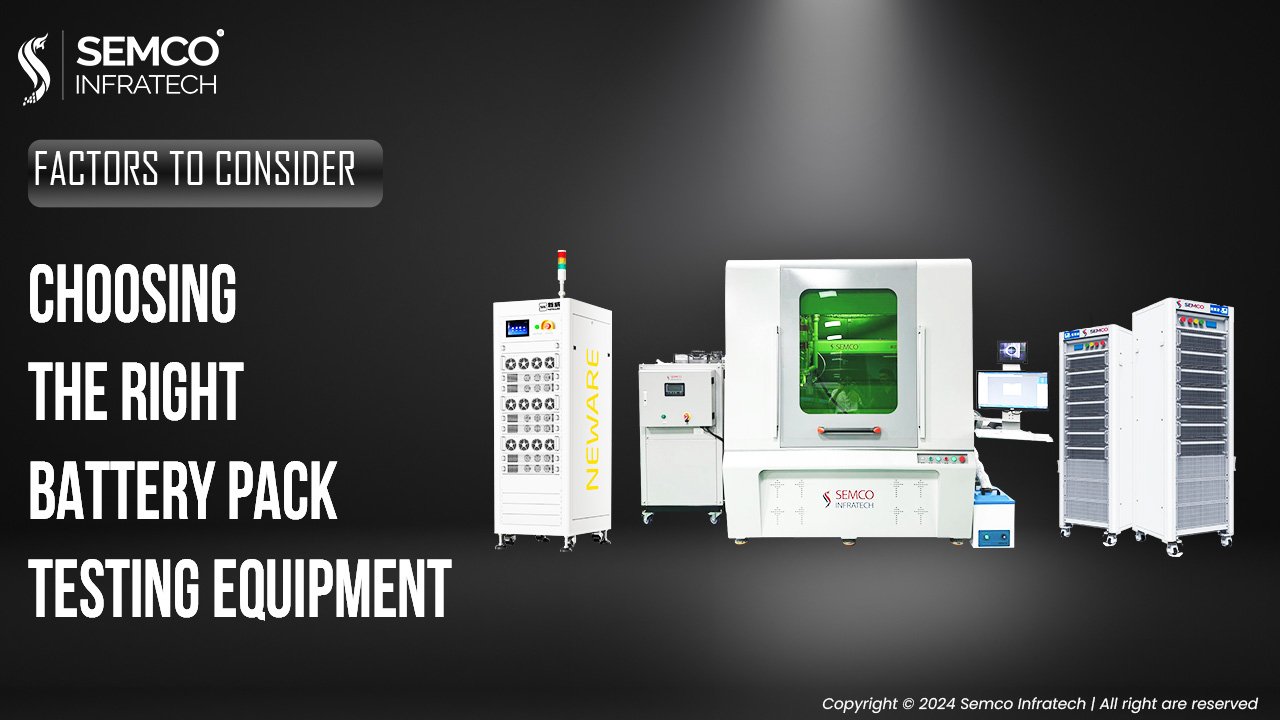
Flexible Printed Circuits (FPC) have become increasingly prominent in the world of electronic products, often replacing traditional wire harnesses due to their flexibility and adaptability. This article delves into the intricate process of manufacturing double-sided FPCs, shedding light on key aspects of their production, including material handling, drilling, corrosion inhibition, and surface treatment.
Material Handling: The Importance of a Delicate Touch
Double-sided FPCs are typically crafted from rolled materials, although not all processes require this coiling technique. Some steps necessitate sheets of material, such as drilling holes. However, it’s crucial to handle these materials with utmost care, especially during the opening phase.
The flexible copper foil laminating plate used in FPCs is susceptible to damage from external forces. Even seemingly simple processes, like material opening, demand meticulous attention. Manual shearing machines or hob cutters are suitable for small quantities, while larger batches benefit from automatic shearing machines.

Precision in Opening Materials
Whether it’s for single-sided or double-sided copper foil lamination or cover film, precision in opening material is vital. Accurate openings with a tolerance of ±0.33 can be achieved, ensuring high reliability and minimal material damage. Modern devices can even automatically cut the FPC after the coiling process and etching, maintaining an opening accuracy of 0.3mm.
Drilling Through Holes
Drilling through holes in FPCs is a critical step that requires advanced techniques, especially for double-sided metalized hole circuits. The high-density circuit graphics and a small aperture of metalized holes necessitate innovative drilling methods beyond traditional CNC drilling. New approaches include plasma boreholes, laser boreholes, small hole holes, and chemical boreholes, which are better suited for the coiling process than conventional CNC drilling.
CNC Drilling: a Reliable Option
CNC drilling remains a popular choice for most double-sided FPC hole drilling processes. It shares similarities with CNC drilling for rigid printed boards but with differences in drilling conditions due to the thinness of FPCs. Stack drilling, where 10 to 15 pieces can be stacked together for drilling, is common. Materials like paper-based phenolic laminate, glass fiber cloth epoxy laminate, or aluminum plates are used for cushioning and covering.
Punching for Micro Apertures
Punching micro apertures is a long-established technique, mainly used for mass production. However, its suitability is limited to holes with diameters of 0.6-0.8mm. While it offers cost advantages in mass production, it cannot compete with the flexibility and cost-efficiency of CNC drilling for smaller batches.
Recent advancements in mold precision and CNC drilling have made punching a feasible option for FPC hole processing. Mold manufacturing technology now allows hole diameters as small as 75um on adhesive-free coated copper foil laminate with a thickness of 25um, with high reliability.
Laser Drilling: Precision at Its Best
Laser drilling is ideal for creating the finest through holes in FPCs. Multiple types of laser drilling machines, including stimulated excimer laser drilling rigs, impact carbon dioxide laser drilling rigs, YAG (Yttrium Aluminum Garnet) laser drilling rigs, and argon laser drilling rigs, are used for different applications.
Stimulated excimer lasers create the most delicate pores, with ultraviolet lasers that minimize heat damage, resulting in smooth, vertical hole walls. Impact carbon dioxide lasers provide faster drilling speeds, and YAG lasers can drill both the insulation layer and copper foil. However, laser drilling’s main drawback is its high cost.
Corrosion Inhibition and Surface Treatment
The process of applying a corrosion inhibitor coating to FPCs has evolved over the years, with three primary methods:
Screen Leakage Printing Method: Suitable for mass production but less precise, with line widths/spacings of 0.2-0.3mm.
Dry Film/Photosensitive Method: Ideal for precise graphics, offering line widths of 70-80μm or even 30-40μm with the right conditions.
Liquid Corrosion Inhibitor Photosensitive Method: Used when precision graphics are below 100μm, offering excellent results but at a higher cost.
Each method has its advantages and is chosen based on the desired precision, cost-effectiveness, and production requirements. The choice of method can significantly impact the pass rate of the etching process.
The manufacturing of double-sided Flexible Printed Circuits involves a delicate balance of precision, innovation, and material handling. From opening materials and drilling holes to corrosion inhibition and surface treatment, each step plays a crucial role in ensuring the reliability and functionality of these versatile electronic components. As technology continues to advance, the processes behind FPC production will continue to evolve, enabling even more intricate and efficient electronic designs.






